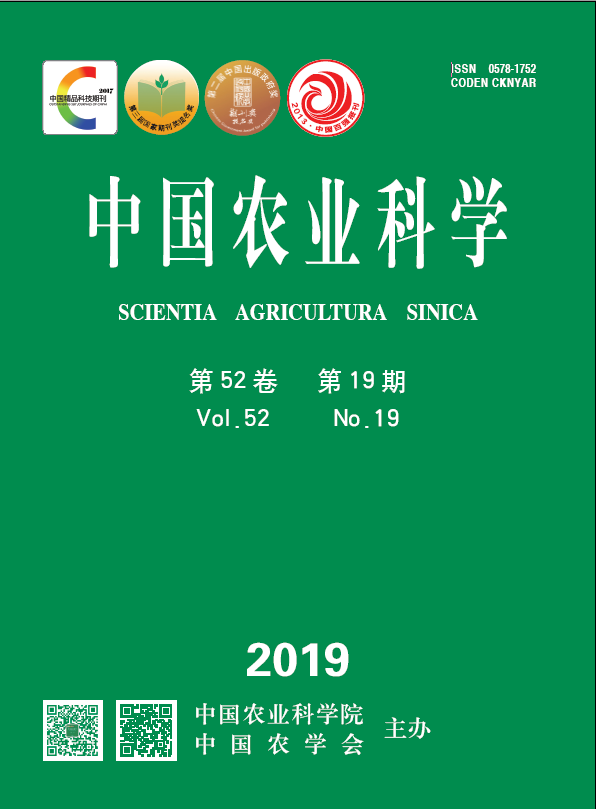【Objective】 In this study, the cold tolerance of twelve strong winter Brassica napus, which planted in northern China, were compared. The degree of cold tolerance was clearly classified by three identification methods. It provides a scientific and reliable identification method and varieties (lines) with strong cold tolerance, for improvement of Brassica napus in northern China. 【Method】 Twelve strong winter Brassica napus varieties (lines) were used as the materials. In order to compare and analyze the difference of cold tolerance among these materials, we observed the morphology of seedlings before overwintering, recorded statistical overwintering rate and calculated the lethal temperature (LT50), meanwhile, measured physiological indexes, and analyzed the relationship among cold tolerance, vernalization rate and the differences in growth stages after sowing in early spring. Then, we used LT50, subordinate function and comparison of vernalization differences, respectively, to clarify the cold tolerance classification of twelve Brassica napus. 【Result】 The overwintering survival rate of materials in Tianshui area (34°60′N, altitude 1 084-1 650 m) was 92.1%-97.8%. However, the overwintering survival rate decreased rapidly after moving to Lanzhou (36°73′N, altitude 1 517 m) and Shangchuan (36°03′N, altitude 2 150 m), the overwintering survival rate was 0-14.4%, (plastic film mulch) and 36.0%-78.6% (plastic film mulch) respectively. The strong winter Brassica napus lines ‘16TS 309-4, 16TS 306-3, 16TS 309-10, 15NS 45-4, 2016 8(G) and 2016TSG (10)’ which were new bred by Gansu Agricultural University could survive over winter, with the average overwintering survival rate of 10.2%-14.4%. Before overwintering, the seedlings of these new materials tended to prostrate growth, the colors of heart leaves and young stems were yellow-green or purple, the color of leaves was dark green, the accumulation of underground dry matter was greater than aboveground dry matter, and the root shoot ratio increased which was between 0.23 to 0.95, with a significant difference (P<0.05). Under cold stress, leaves kept relatively high enzyme activity of super oxide dismutase (SOD), peroxidase (POD) and catalase (CAT), moreover, the high content of soluble protein (SP), soluble sugar (SS) and free proline (Pro) was detected, and LT50 was relatively lower (range from -13.4℃ to -5.7℃). In the field experiment, twelve winter rapeseeds were sowed in early spring, the results have shown that the vernalization rate was between 4.05% and 87.65%, and ‘2016TS (G) 10’ was the lowest one. However, ‘2016TS (G) 10’ not only has the lowest vernalization rate (4.05%), but also the average plant height (10.77 cm), the average blot height of plants in the not budding stage (10.50 cm) and the average blot height of plants in budding stage (17.10 cm) were all the lowest one. Correlation analysis showed that the vernalization rate was significantly positively correlated with the average plant (bolt) height, the proportion of mature plants and LT50, with R 2of 0.90-0.96, and significantly negatively correlated with overwintering survival rate, LT50, comprehensive evaluation value (D), CAT, POD and SP, with R 2 of -0.96--0.63.【Conclusion】 In northern China, sowing winter rapeseeds in the early spring, according to the difference of vernalization rate, growth stage and average plant (blot) high, the cold tolerance of winter rapeseeds were evaluated. The seven new lines of Brassica napus bred by Gansu Agricultural University showed strong cold tolerance, could over winter in the area of 36°03′N, altitude 2 150 m, and the cold tolerance was significantly strong than Tianyou 14, Tianyou 2288 (bred by Tianshui Agricultural Science Research Institute) and Xinyou 23 (bred by Xinjiang Academy of Agricultural Sciences), that is an essential germplasm resource with strong cold tolerance for Brassica napus breeding in northern China.









